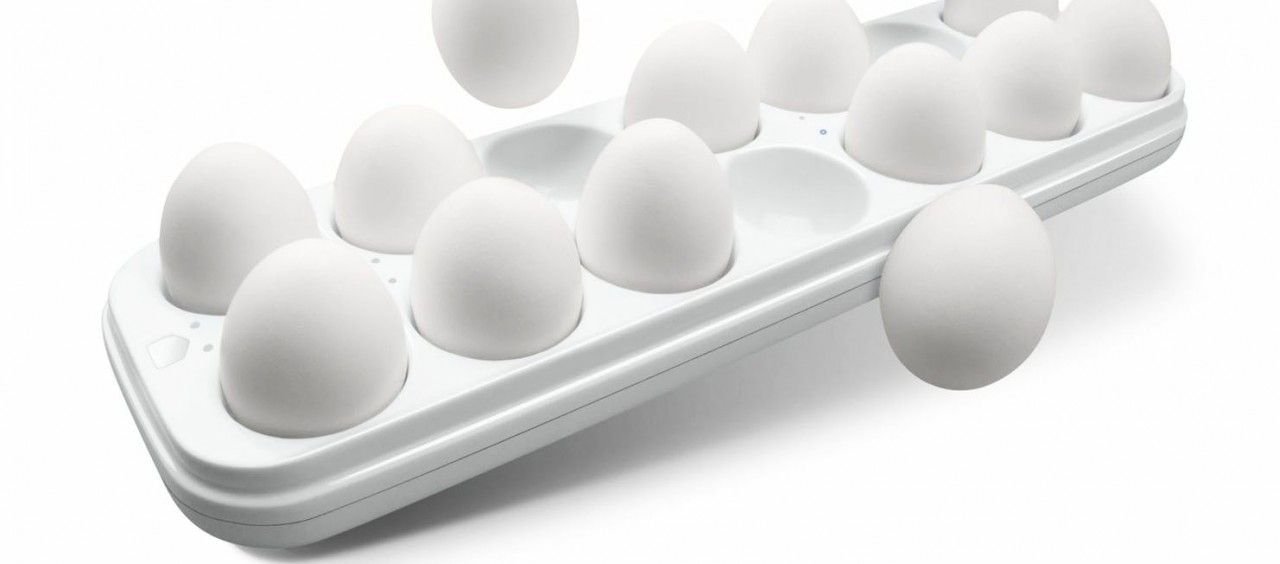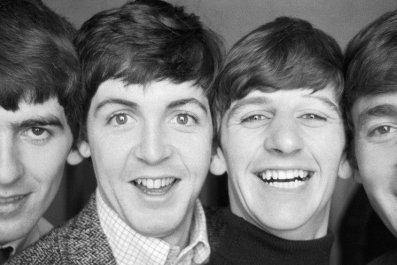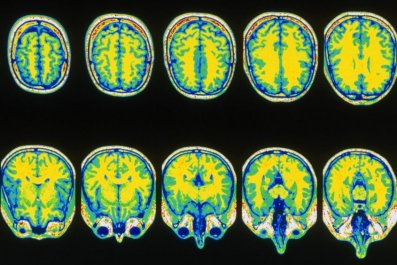For the person on your list who has everything, the perfect holiday gift this season might just be the Internet of Everything.
After all, Cisco believes the Internet of Everything (tech cognoscenti call it the "IoE") is a $14 trillion-dollar opportunity and General Electric says it will transform entire industries. The regular old Internet has relied on humans connecting to machines. The IoE is about machines - computers, phones, toys, appliances, robots, drones - connecting to humans and to each other. Since there are exponentially more machines than people, the IoE will end up being like the Internet on crystal meth.
On a more prosaic and personal level, the IoE is already solving some really big problems - for example, it can let you know whether your dog is getting enough exercise, or signal your smartphone when you're running out of eggs.
With the IoE bearing down on us, I enlisted the help of gadget guru Greg Harper of Harpervision Associates, who scours the earth for newfangled connected devices, to present the First Annual Too-Much-Expendable-Income IoE Gift Guide.
For the executive who is too busy to keep anything alive: The IoE is all about the convergence of a bunch of tech trends: tiny sensors that can measure things; ubiquitous wireless connections; cloud computing; devices like smartphones that can collect data and use it in an app.
One popular IoE product, for example, is the Fitbit. Wear it on your wrist, and it tracks activity and displays your patterns on a phone app. Now, let's say you have a dog, and you suspect that while you're at the office all day, the dog doesn't even bother to expend the energy to bark at the UPS man. Well, you can get the Whistle ($99.95), which is basically a Fitbit for dogs. It can tell your smartphone if the dog is walking, playing, or sleeping. This way, you can enjoy your dog right from your desk chair.
Hyperbusy executives can also be very good at killing plants. One solution is the Parrott Flower Power ($59.99), a system of wireless sensors that you push into a plant's soil. Each sensor measures levels of water, light and nutrients, and talks to a phone app to call for help. "Basically, your plants are tweeting you," Harper says.
For the person who can't keep track of stuff: Billy Crystal's new autobiography is titled, Still Foolin' 'Em: Where I've Been, Where I'm Going, And Where Are My Keys? Someone should tell him there's an emerging category of IoE products designed to let you know what you've got and where it is - just in time for the millions of baby boomers losing their short-term memories.
Some of these devices, like Tile, seem to be more useful than others, but here are two that don't seem to be useful at all: Behold the Egg Minder, billed as The Smart Egg Tray ($69.99). As the website says: "In-tray [LEDs] indicate the oldest egg, while push notifications alert you when you're running low." In its overapplication of technology, this takes me back to the 1970s and Ronco's inside-the-egg scrambler.
Or there's the smart piggy bank, called - cue the groans - Porkfolio ($69.99). It tracks how many quarters go in and out, and talks to an app that, the site says, lets you "track your balance and set financial goals from afar." Perfect for that little nephew who wears a suit to kindergarten and already plans to work at Goldman Sachs.
For the person who eats too much and lets his or her teeth rot: HAPIfork ($99.99) is a Bluetooth-enabled fork that can tell when, how much and how fast you eat - just in case your spouse isn't already informing you. If you're eating too fast, the HAPIfork starts vibrating, which of course makes it harder to keep eating.
Once you've given up trying to eat because food is jumping off your fork, pick up a Beam networked toothbrush ($24.99). This will keep track of how often and how long you brush, and report back to an app. If Orwell only knew.
For the faded high school sports star who still obsesses over his or her performance: Data is transforming sports. Sensors and software allow professional teams to measure stuff no one could ever measure before, like how fast each player runs during a soccer game.
Sports sensor technology is moving down to consumers. The basketball nut might enjoy the 94Fifty ball ($295). The ball can measure shot speed, dribble speed, backspin, and shot arc, and feed it to a phone app that can then tell you how to play better - for instance, by increasing the arc on your shot. In 2003, I wrote about some inventors who built an incredibly complex machine just to measure basketball shot arc and sold it to the Dallas Mavericks. This is a better version of the same machine, in your pocket.
For baseball, tennis, or golf, try the Zepp Labs training system ($150). Stick a tiny square device on the end of a bat, racket or club, and it tracks speed and motion and sends 1,000 data points per second to an app. It can also measure the speed of your bat as you use it to smash your HAPIfork into tiny pieces.
By themselves, none of these IoE gadgets seem like anything that could ramp up to a $14 trillion opportunity. But it's worth remembering that when electricity was new, one of the first household applications was the doorbell, invented in 1831. Imagine people giggling at the notion that a door knocker wasn't good enough.
As Harper notes, today's HAPIfork and Whistle point the way to a new kind of household. The IoE will change daily life, much as electricity once did. Better start saving with your Porkfolio so you can pay for it.
























